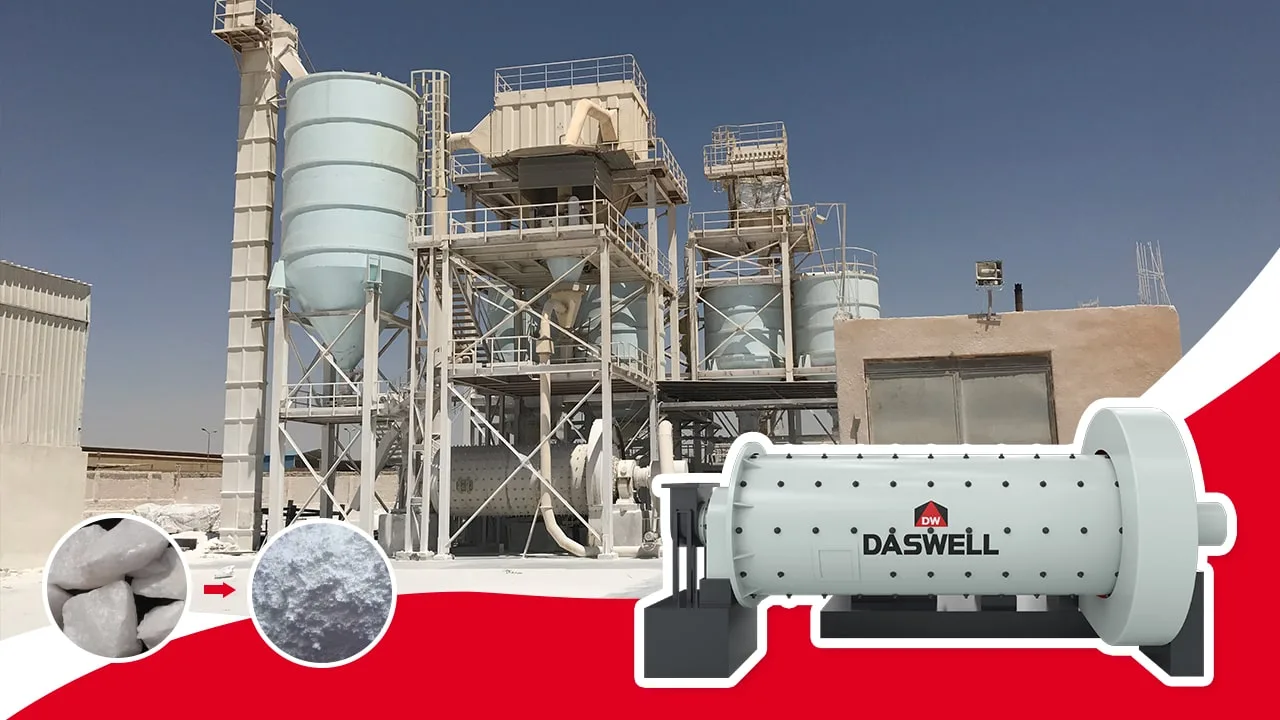Why Should Calcium Carbonate be Surface Coated?
Calcium carbonate is an inorganic compound, which is the main component of limestone, marble and so on. Regarding the modification of calcium carbonate powder, many customers will have such a question, why should we increase the production cost to modify the surface of calcium carbonate? At the same time, will the modification affect the performance of the original downstream products? The reasons for modification of calcium carbonate are as follows.
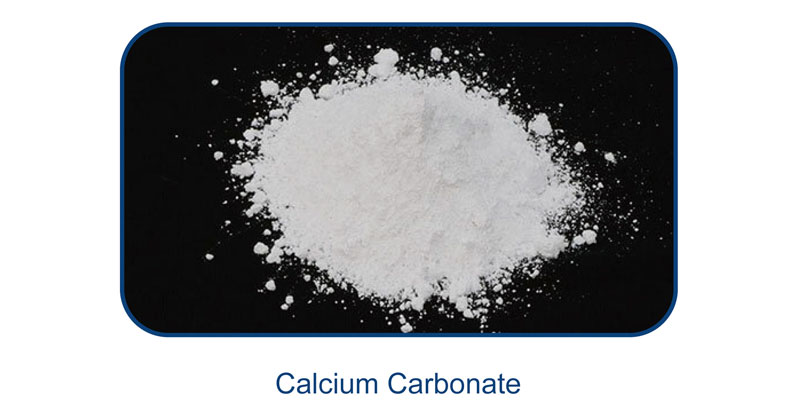
5 Reasons for Calcium Carbonate Surface Modification
Surface modification is an important way to improve the performance of calcium carbonate, improve its applicability, and expand the market. Surface-modified calcium carbonate has changed from a traditional filler to a multi-functional modifier, with a wider range of applications and more popularity.
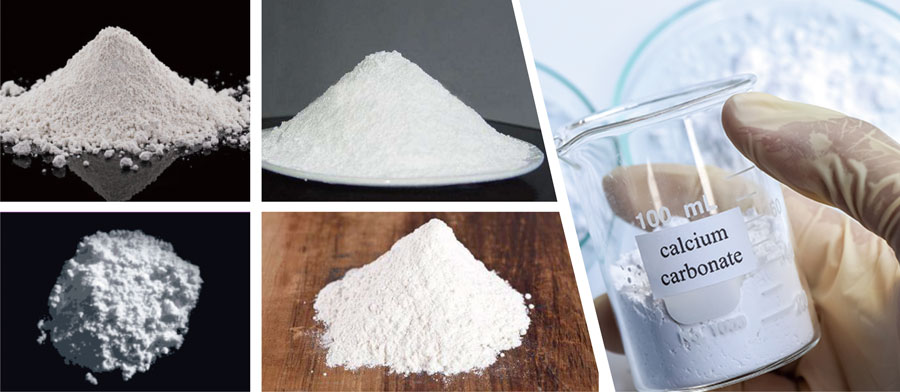
1.Improve the dispersion of calcium carbonate
Through surface modification, the modifier can be directionally adsorbed on the surface of calcium carbonate, making the surface have charge characteristics. Due to the repulsion of similar charges, calcium carbonate is not easy to agglomerate, thus achieving good dispersion.
2.Improve the compatibility of calcium carbonate
Through surface modification, it can increase the interface compatibility and affinity between calcium carbonate and organisms, thereby improving its product performance with composite materials such as rubber or plastics.
3.Reduce the oil absorption value of calcium carbonate
After surface modification of calcium carbonate, the aggregated particles are reduced and the dispersion is improved. At the same time, the coverage of the calcium carbonate surface by the modified molecules reduces the voids within the particles.
Moreover, this coverage also changes the surface properties of calcium carbonate, weakening its surface polarity, reducing the friction between particles, and making its lubricity better. Therefore, they are packed more closely, the packing density increases, and the oil absorption value decreases.
4.Expand the high-end application market of calcium carbonate
Through surface modification, calcium carbonate can be better used in high-end fields such as plastics, paints, rubber, paper, sealants, transparent films, etc., improving product quality while further reducing enterprise production costs.
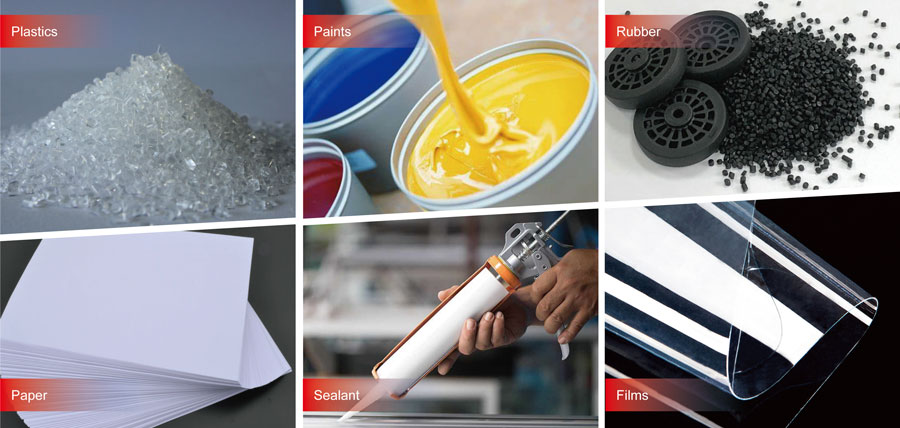
5.Give calcium carbonate more functional properties
Light calcium carbonate coated with metal can improve certain special properties of rubber products;
Calcium carbonate composite materials coated with titanium dioxide on the surface can replace titanium dioxide to a certain extent;
Acid-resistant calcium carbonate can be prepared by treating it with phosphate, aluminate, silicate or barium salt.
Principle of calcium carbonate modification
The principle of surface modification of calcium carbonate powder is as follows:
When modifying calcium carbonate powder with a modifier, since calcium carbonate is an inorganic substance, it has a great affinity with the hydrophilic group of the modifier, and they will form the combination like chemical bond. The lipophilic group is oriented on the surface of calcium carbonate particles to form a monomolecular film, which can significantly improve the dispersion and affinity in polymer matrices such as polyolefins, and can create an interface interaction with the polymer matrix.
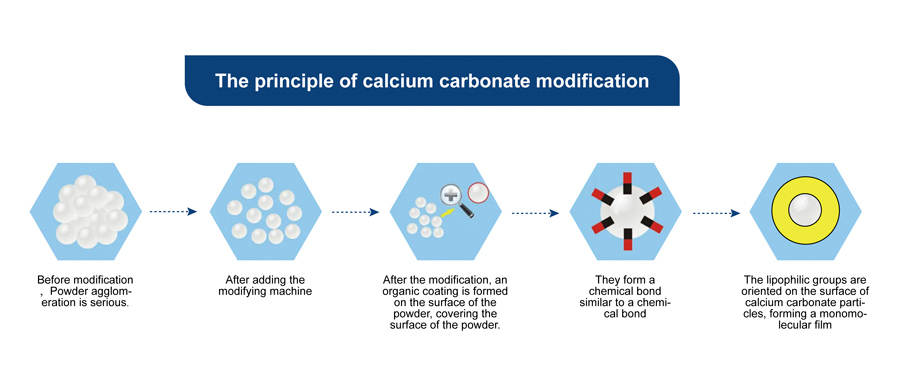
This is the basic principle of activated calcium carbonate production. The filler treated in this way has changed from hydrophilic to lipophilic, and has good affinity for organic substances such as resin, thereby improving the various application properties of the product.
Application of coated calcium carbonate
Coated calcium carbonate has a wide range of applications. It can be used in food additives, coatings, rubber fillers, plastics, cosmetics, medicine, construction, environmental protection and other fields. The details are as follows:
Painting
Coated calcium carbonate can be used as a filler for paintings. It can increase the robustness and durability of paintings. It also improves the hiding power and stain resistance of the painting.

Food additives
It can increase the hardness, stability and anti-sedimentation of food. It can also be used to adjust the acidity of food and improve the taste of food.
Rubber filler
When used as a rubber filler, it can increase the hardness and wear resistance of the rubber, as well as improve its tensile properties.

Plastics
Coated calcium carbonate can be used as a filler in plastics. It can improve the hardness, toughness and heat resistance of plastics, and can also be used to reduce the cost of plastic products.
Cosmetics
Adding coated calcium carbonate can make cosmetics smoother, softer and easier to apply. At the same time, it can also increase the consistency of cosmetics and reduce the greasiness.

Medicines
In the pharmaceutical field, coated calcium carbonate can be used as a filler and stabilizer. It can improve the stability and solubility of drugs. At the same time, it can also be used to treat diseases such as osteoporosis and hyperacidity.

Construction
Coated calcium carbonate can be used as filler and reinforcing agent in building materials. It improves the hardness, water resistance and durability of building materials. Additionally, it can be used to make oil, slurry, and cement.
Environmental protection
Modified calcium carbonate can be used to treat acidic soil and acid rain. It can neutralize the acid in soil and water, thus raising the pH value of soil and water.
Common calcium carbonate surface modifier
At present, the commonly used organic modifiers for calcium carbonate mainly include surfactants, coupling agents, polymer modifiers, etc.
Surface active agent
Surface active agent is a molecule with the structure of both hydrophilic and lipophilic functional groups. It can act as a bridge to effectively combine inorganic powder and organic matrix.
Currently, active agents used for surface modification of calcium carbonate include stearic acid, phosphate esters, and quaternary ammonium salts.
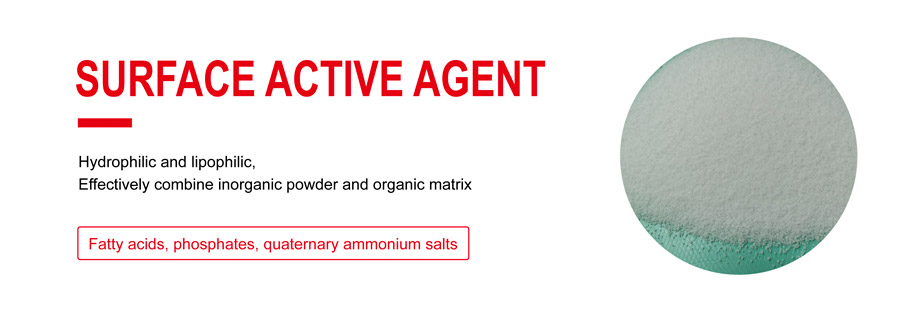
Coupling agent
A coupling agent is a substance that contains both polar and non-polar structures. The polar hydrophilic groups and non-polar hydrophobic genes at both ends of the coupling agent molecule can physically entangle or chemically react with the inorganic powder and polymer matrix respectively, so that the two can be stably combined.
Currently, commonly used coupling agents mainly include silane coupling agents, titanate coupling agents, composite coupling agents, etc.
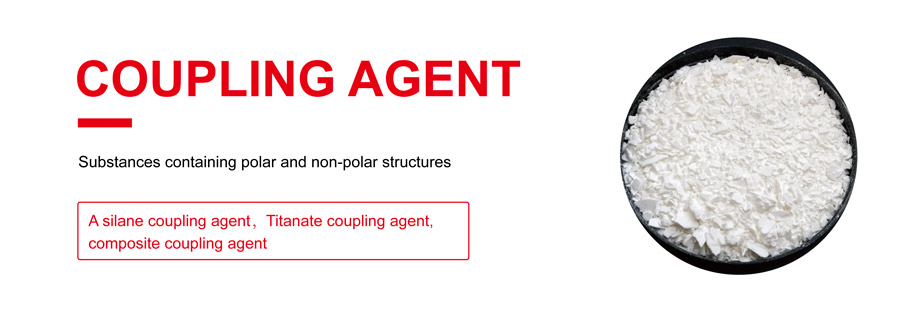
Polymer modifier
Polymer surface modification refers to the formation of a polymer layer with a core-shell structure on the surface of calcium carbonate particles. In this way, the polymer can be directionally adsorbed to the surface of calcium carbonate, forming an effective adsorption layer, reducing the agglomeration of calcium carbonate particles and improving dispersion. Commonly used polymers mainly include oligomers, polymers and water-soluble polymers.
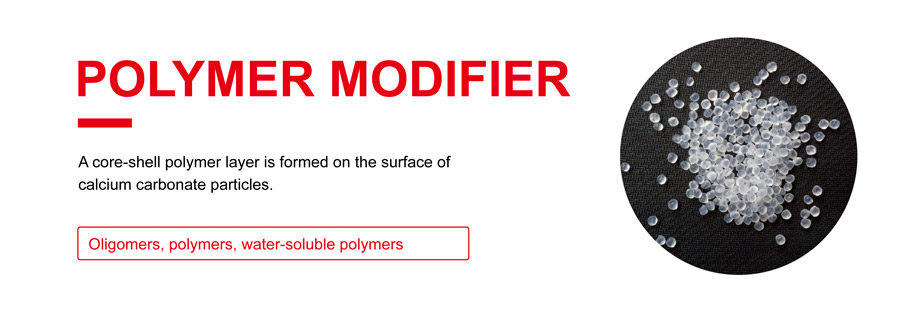
Common calcium carbonate coating machine
Vortex mill coating machine
Vortex mill coating machine adopts the action of high-speed rotating impeller and airflow to mix and grind the materials in the grinding chamber, and realize surface modification by adding additives such as coating agent. Its coating rate can generally reach more than 98%, and some can reach 99%.
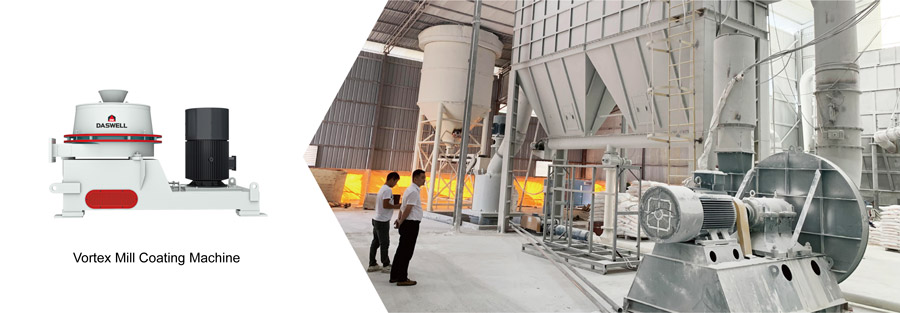
Three-roller coating machine
The three-roller coating machine is one of the most commonly used coating equipment. It mainly achieves surface modification of powder by changing the internal vortex through three rotating rotors. The equipment can operate continuously in production with large output, which is suitable for industrial production of various scales. Its coating rate can generally reach more than 95%.
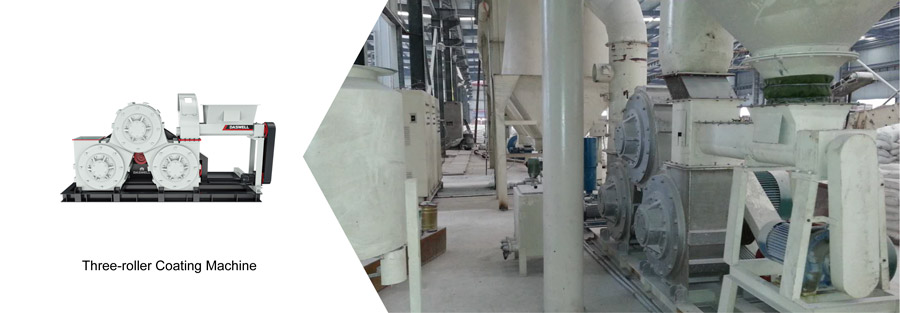
High-speed mixing coating machine
The high-speed mixing coating machine has a vertical structure, which has the advantages of simple and compact structure, small floor space, and low power consumption. Due to the centrifugal force, the high-speed rotating blades can fully mix the calcium carbonate and the added modifier.

Choose appropriate modifiers and coating machines to give calcium carbonate powder more properties and expand more application markets.





